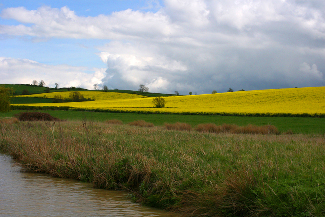
By Lina Khan
Imagine cows fed and milked entirely by robots. Or tomatoes that send an e-mail when they need more water. Or a farm where all the decisions about where to plant seeds, spray fertilizer and steer tractors are made by software on servers on the other side of the sea.
This is what more and more of our agriculture may come to look like in the years ahead, as farming meets Big Data. There’s no shortage of farmers and industry gurus who think this kind of “smart” farming could bring many benefits. Pushing these tools onto fields, the idea goes, will boost our ability to control this fiendishly unpredictable activity and help farmers increase yields even while using fewer resources.

